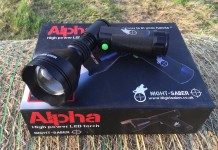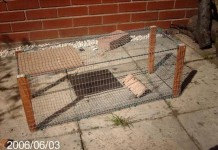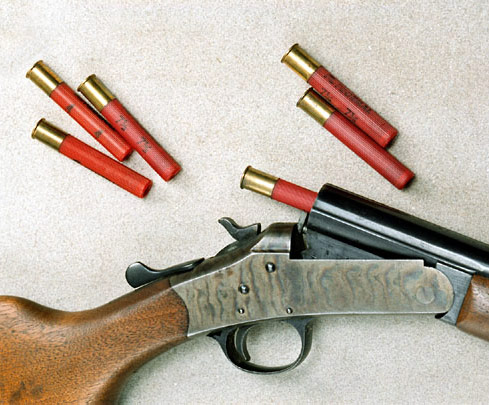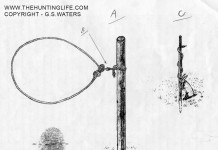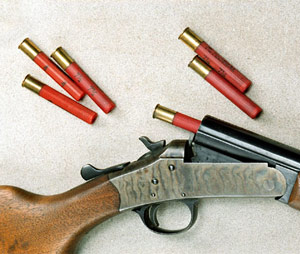
Also known as the “12mm” and the “36 gauge” (but actually 10.41mm or 48 gauge ?)
Always a puzzling question as to why it’s a calibre and not a gauge or bore.
Hopefully this may shed some light on the situation.
The 36gauge was an “artificial” denomination of a .410 bore calibre
Nobody to this date has come up with a very precise answer, even the president of CIP (the European ruling committee on arms and ammunition).
All the official documents from European Proof houses before 1904 do not mention .410bore calibre.
In Great Britain, in an 1855 and some previous documents, official gauges went from 1 (1.669″) to 50gauge (.453″).
In a later (1868) document, they increased the list to go from A gauge (2.000″) to 50 gauge(.453”)
In all documents, 36gauge reported a .506″ diameter. And interestingly 48 gauge was .410”.
The gauges where determined with the number of lead balls of that diameter which made a British pound.
France, in 1810, tried to get away from the British system and they managed to keep two systems: one was similar to the British (except the French pound was different) and determined gauges fairly similar in diameter to the British system;
the other, called the bore system, was similar, but used the kilogram (for example a 32 bore was very similar to a 12 gauge).
In 1868, they killed the bore system and tried to rationalise the dimensions. They still based the determination of the gauge on the number of lead balls made with a French pound, but they decided to adjust the diameters to have 0.2mm steps between gauges.
This is probably were the .410 was born (even though it was not called so; officially it was called a 12mm):
In fact, the French proof house decided that all the guns smaller than 10.6mm (roughly .410″) had to be tested for pressure in a different way than the bigger ones. So, .410 became the divider between serious guns and playthings.
In Germany in the 1800’s there is no mention of any gauge smaller than 32 (and, by the way, they used several different “German” pounds, depending where the gun was manufactured)
Austria had a system similar to the English, from 4 to 50 gauge. There was a 36 gauge with diameter 12.4mm (but was, different from the French and English 32…)
Italy was a mess: depending on who was the invader (Austria ,France or Spain) they changed the system accordingly.
The presence of more than 30 weight systems in Italy confused the situation. Basically, in the 1800’s there was no two guns alike in the entire European continent…
luckily the European gunsmiths were pretty good in making custom made balls after measuring the gun barrel. Things started to change in the 1900’s, probably because of the need for having standard arms and ammunitions when assembling armies of different countries.
So………….
The first official reference to .410 bore calibre is in a 1904 document by the Royal British proof house; the same document has a 36gauge (with the “correct” .506 in diameter).
CIP met for the first time in 1914 and managed to get an agreement on the nominal diameter of calibres from 12 to 28gauge (12, 14, 16, 20, 24 and 28). There was still some resistance on 4 and 8 gauge and other bigger calibres (up to 32 mm, which was an Italian 1 gauge), and French and British 8 gauge and 4 gauge stayed until the 40’s, along with the official European 4 and 8 gauge. In the 20’s and 30’s 14 gauge disappeared and 32 re-appeared.
All the other smaller calibres (with the exception of .410 bore) disappeared completely.
Sometime in the 20’s, someone at the CIP probably thought of making an aesthetically pleasant set up…since they had 4, 8, 12, 16, 20, 24, 28 and 32, why not call the next smaller (and only remaining) calibre 36 (step’s of 4).
Later they reverted to using the correct name i.e .410, but the industry had already started using the two names.
There are some 1920’s catalouges from Fiocchi and Dynamit Nobel using both 36 and .410 for the same shell.
In the 1961, CIP confirmed .410 as the only correct name, but in 1969 added 36 in parenthesis on the dimensional tables.
Basically, they were acknowledging the situation.
The confusion never died, because the French kept calling the 32 gauge 14mm, the .410bore 12mm and they added the .360, calling it 9mm (later to become a rim fire.)
Italy and other European countries used 36 gauge for the shorter .410 (2 and 2 1/2″ long) and .410 for the 3″ long, also called 36 Magnum.
There is no real technical explanation behind it and it is thought to be the result of trying to get an agreement between several countries and several hundreds arms and ammunition producers, all of them with their own history and reasons.
The fact is that 36 gauge and .410 bore now refer to the same shell.
Unless anyone knows different ????




